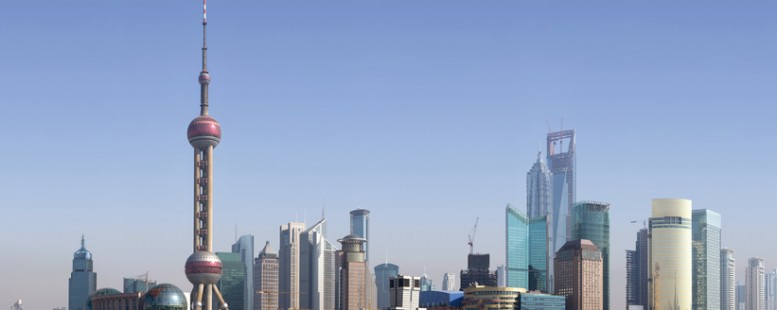Our Opinion: 2019
China toughening out trade tensions

It’s now clear that Donald Trump’s ill-advised gambit of tariffs and bombast is hurting both the US and China. Yet a president who must face the voters next year is in a much worse position to withstand the pain than a tightly-controlled one-party state. The Washington Post recently reported the trade tensions as “sad and self-defeating.”
Global stocks have remained volatile amid the introduction of new tariffs by both sides of the trans-Pacific rift. Washington imposed duties on $112bn of Chinese consumer imports including shoes, nappies and food. Beijing started applying tariffs on $75bn of US products, including a 5% charge on crude oil imports. By the end of the year there will be levies on nearly everything that comes to the United States from China. This year’s tariffs will raise prices and leave the average American family around $460 a year worse off.
China’s economy is feeling the pain too. Surveys of manufacturing activity have still to show signs of a recovery and the country’s services sector may yet catch a cold. Economists have been cutting their China growth forecasts for next year. Most now expect GDP to grow at less than 6% in 2020. In the second quarter China’s GDP expanded at an annual rate of 6.2%, its slowest pace in 27 years. Yet fearful of inflating new bubbles, officials have stuck doggedly to a relatively limited roster of stimulus measures, such as tax cuts. It is easy to see why.
Data from the Institute of International Finance shows that China’s debt-to-GDP ratio breached the 300% level in the first quarter of this year. Total corporate, household and government debt rose to 303% from 297% a year before. China is very much past the tipping point where the debt simply can no longer can be ignored.
All the signs are that past fiscal and credit binges will not be repeated. During moments of global uncertainty in 2009 and again in 2015 it was China that rode to the rescue. Yet policymakers are now concentrating on the structural challenge of trying to wean the country off an export and infrastructure-led growth model. The moment for China to trigger another synchronised global upswing has passed.
China’s leadership has instead settled on a policy of toughing out trade tensions. Monetary and economic policy is almost ostentatiously calm, despite Trump’s provocations, with no plans to ease lending conditions radically. Authorities are also clear that they will not stimulate the overheating housing market. The closer the US presidential election gets, the less incentive China has to deliver Trump any reward for the trade war.
13th September 2019
